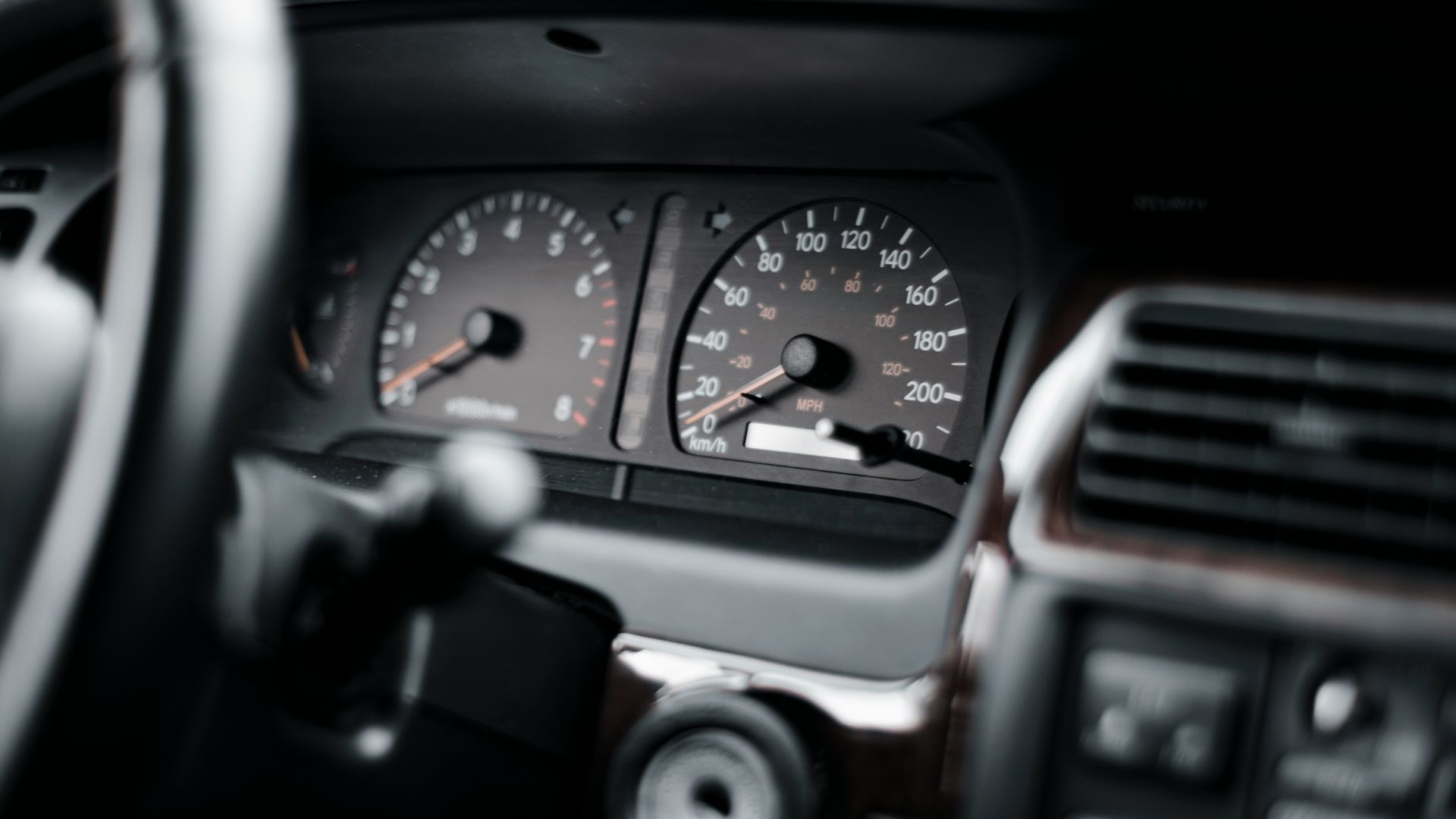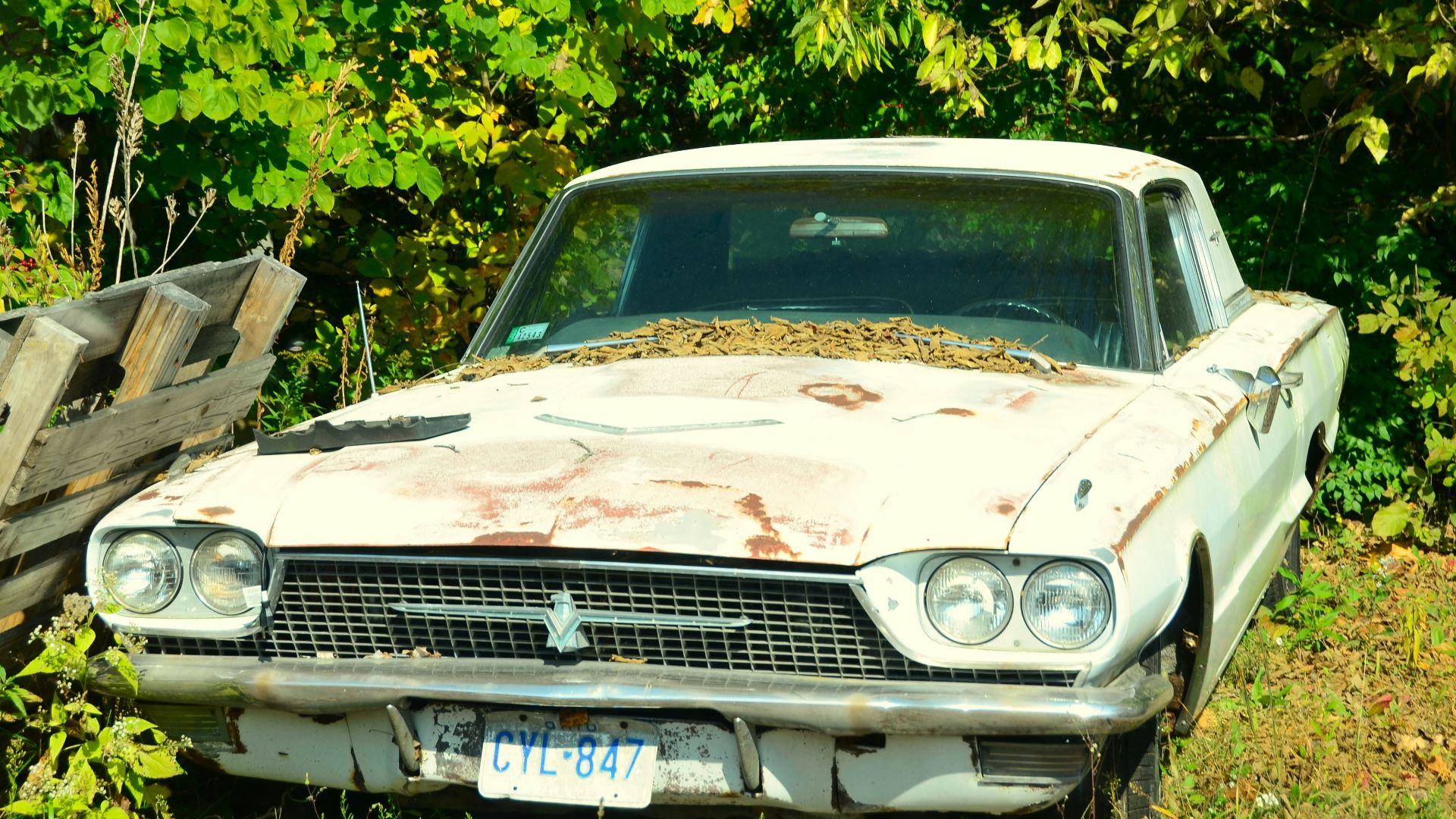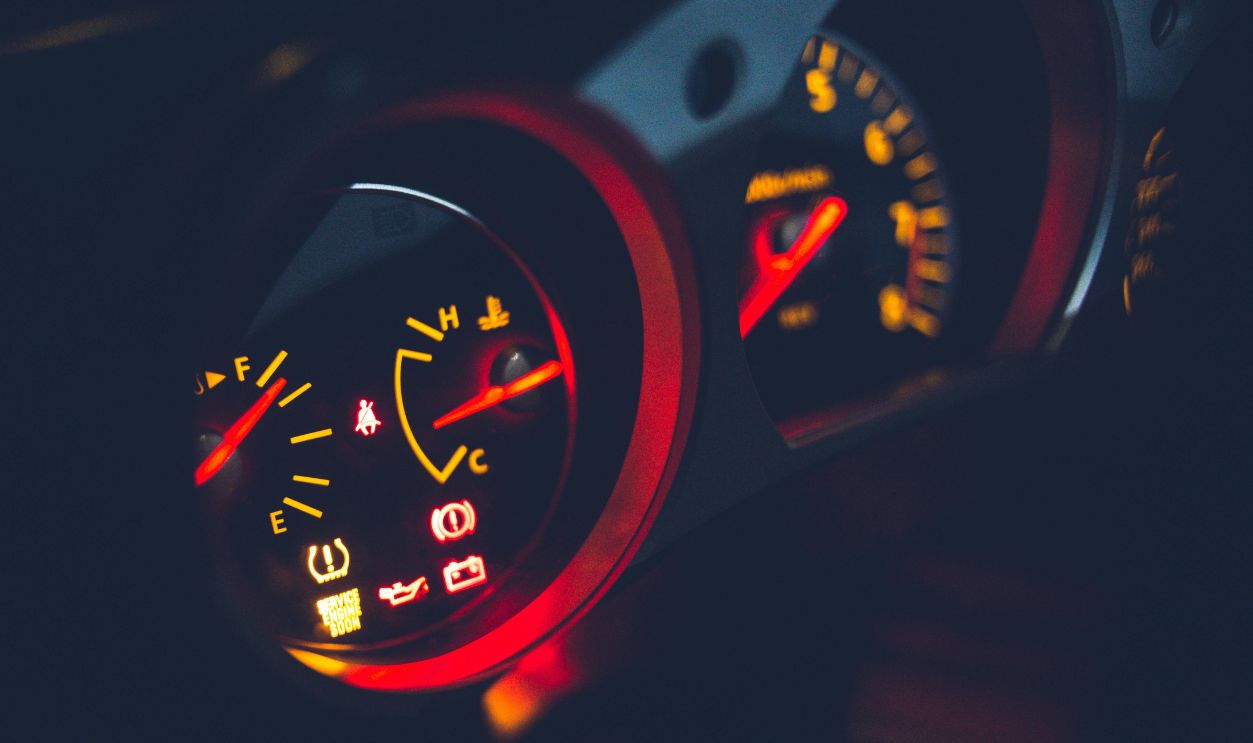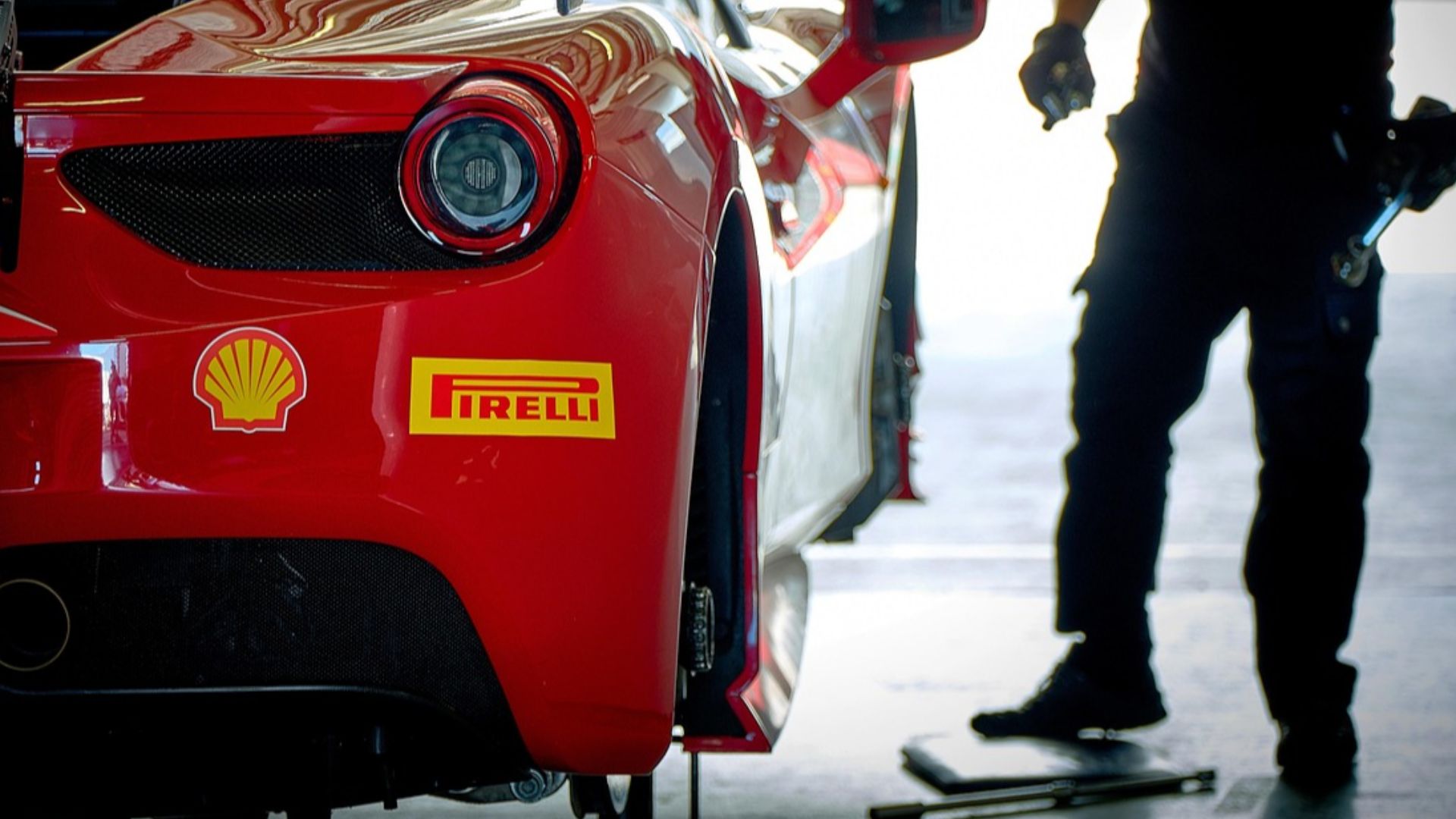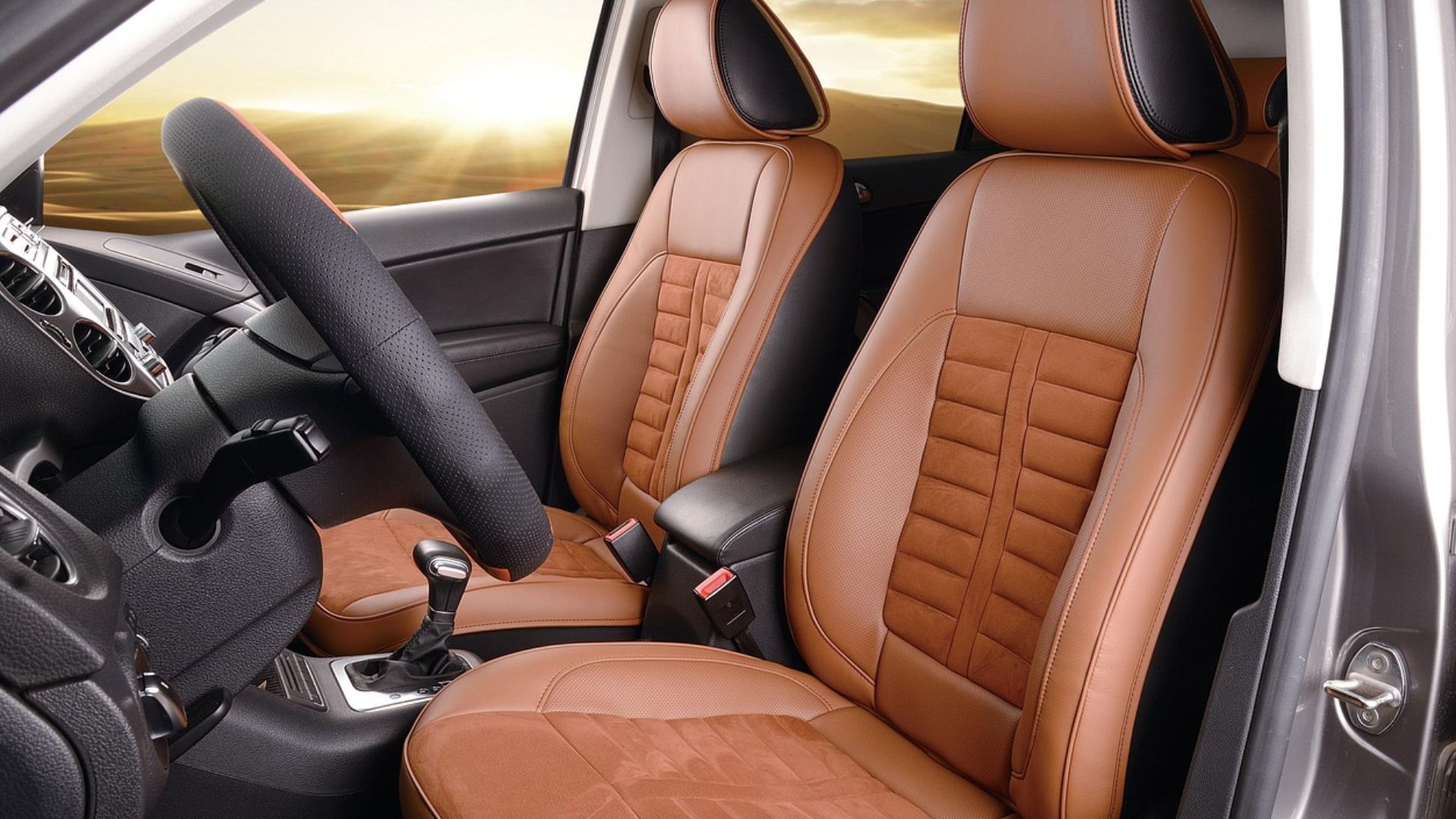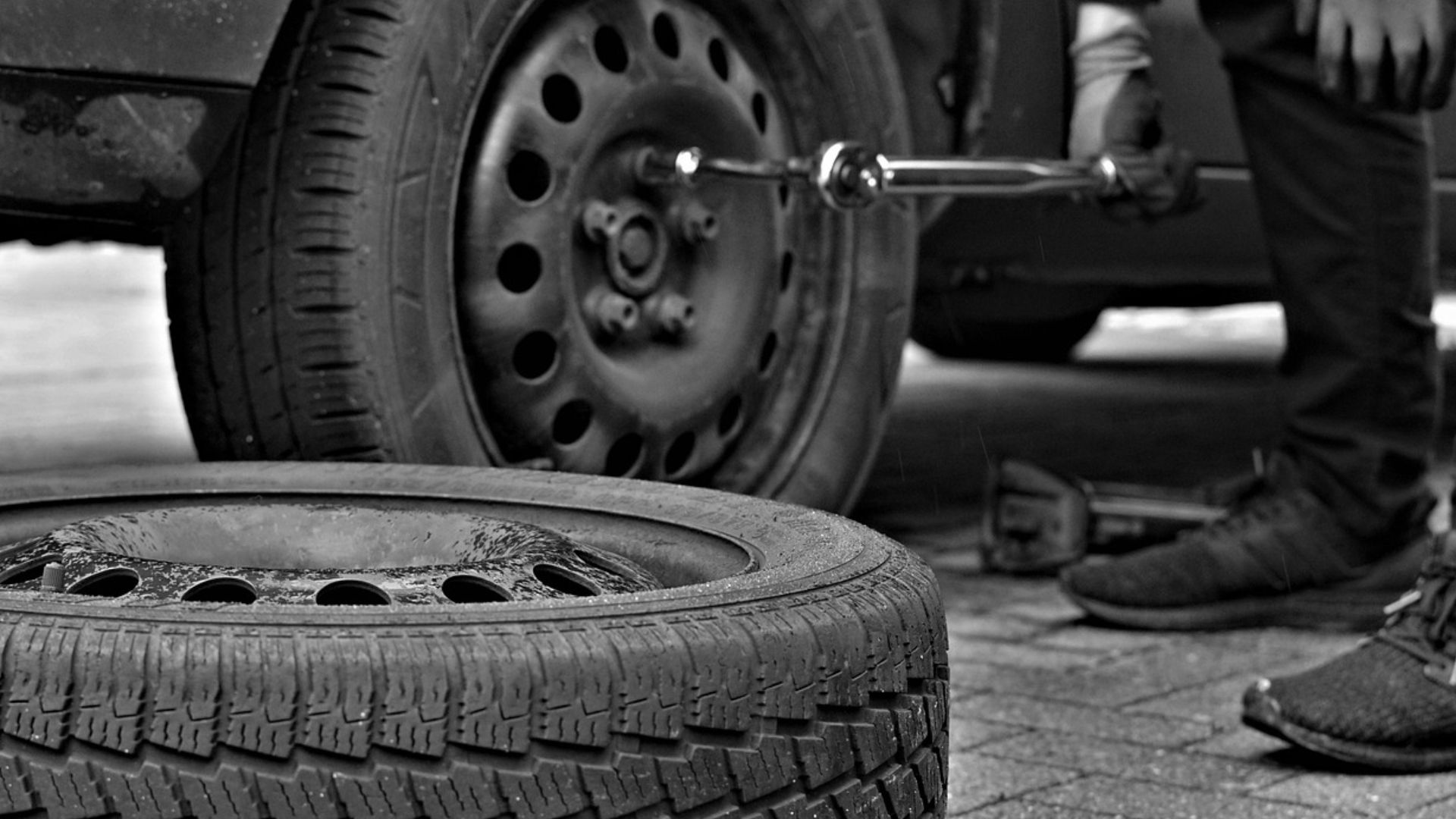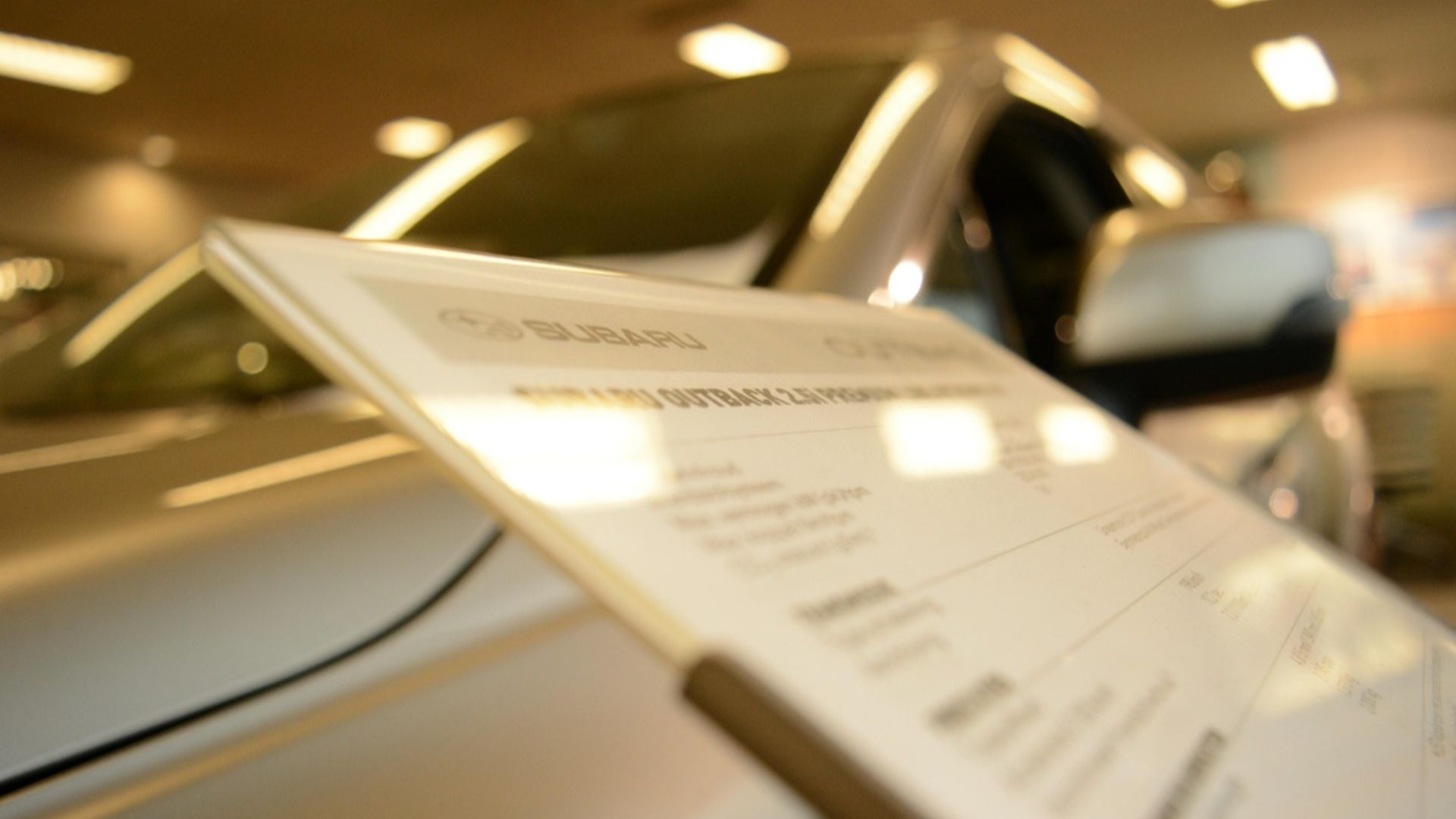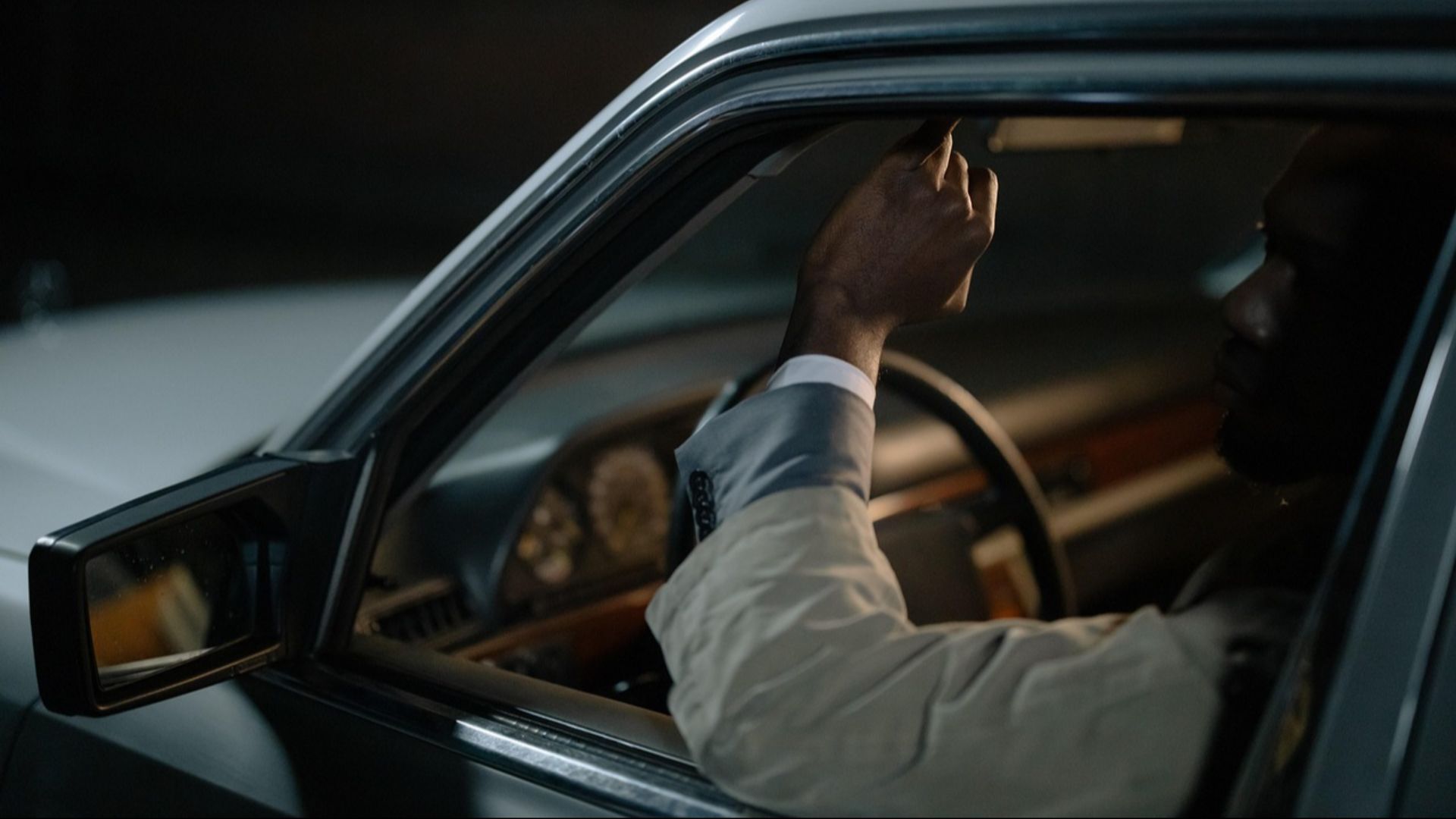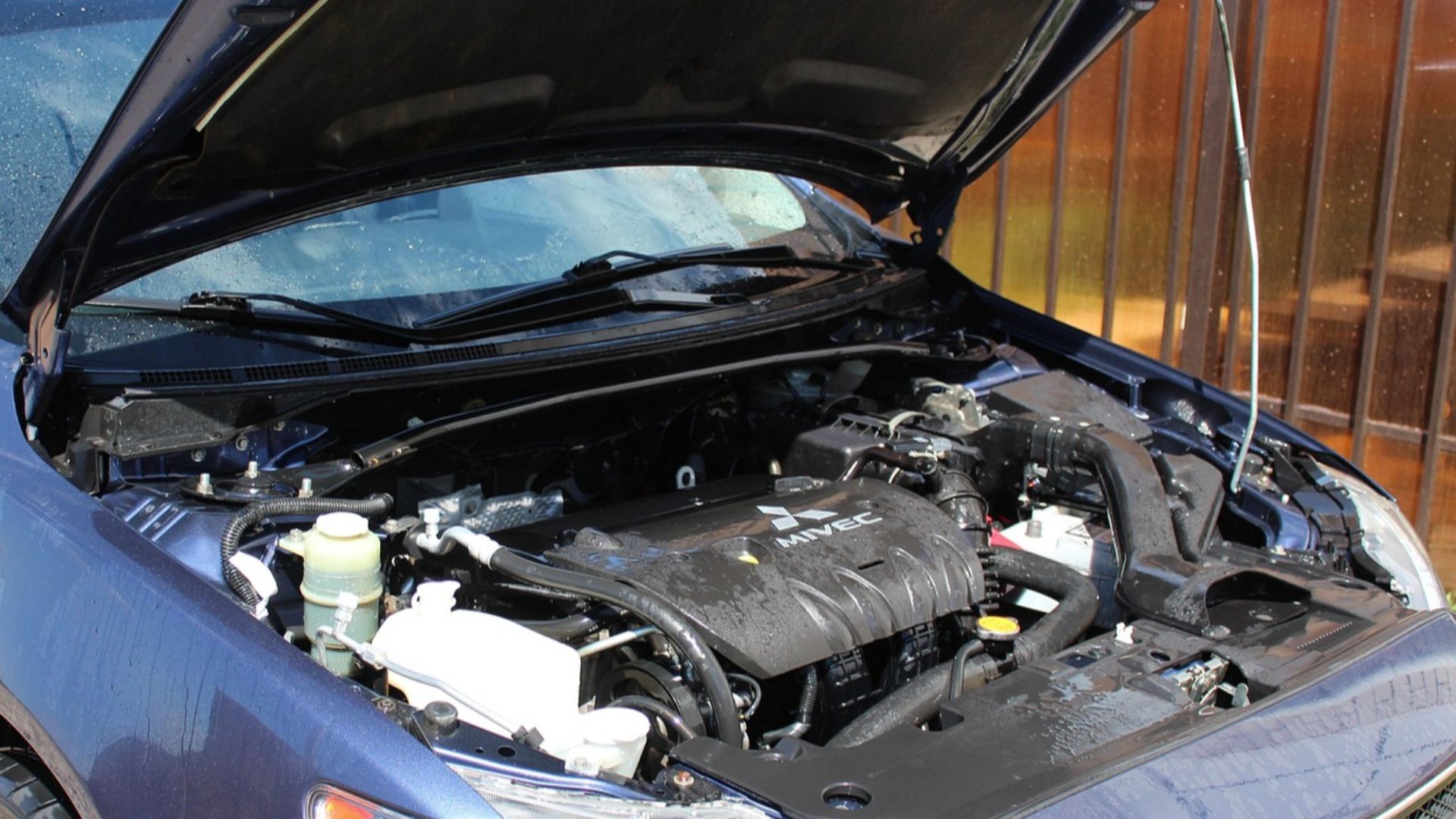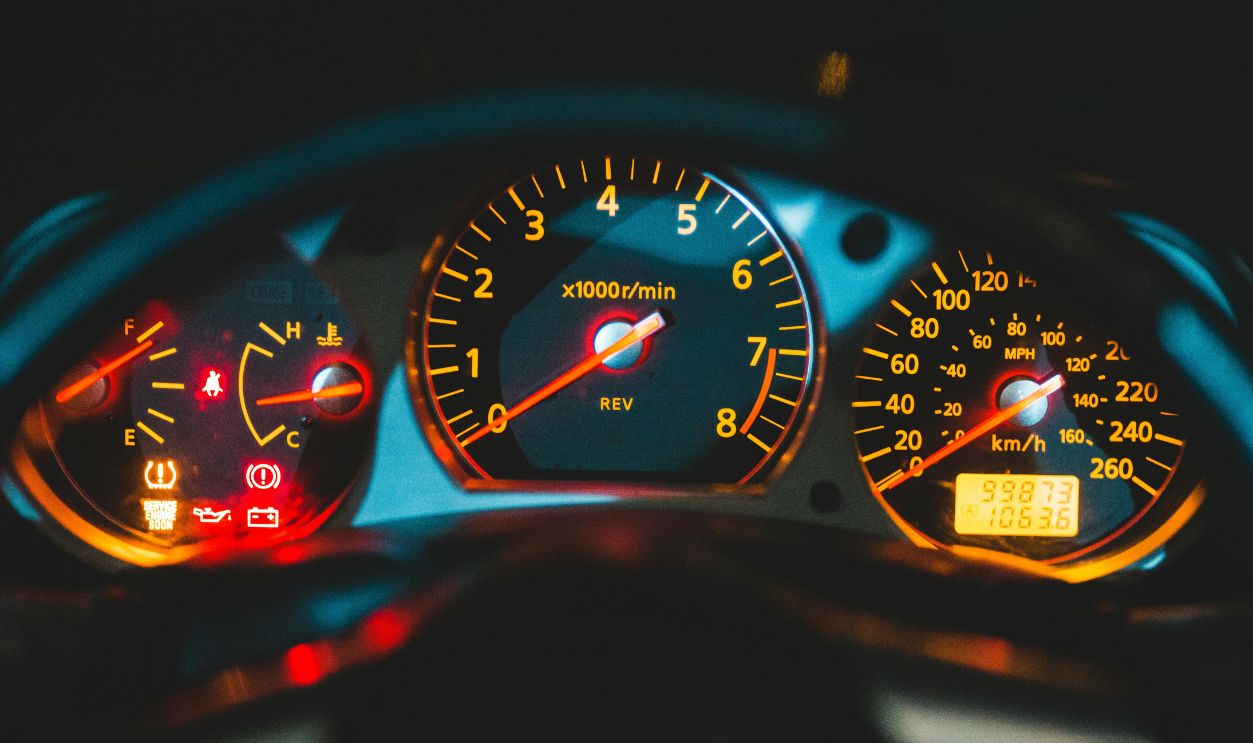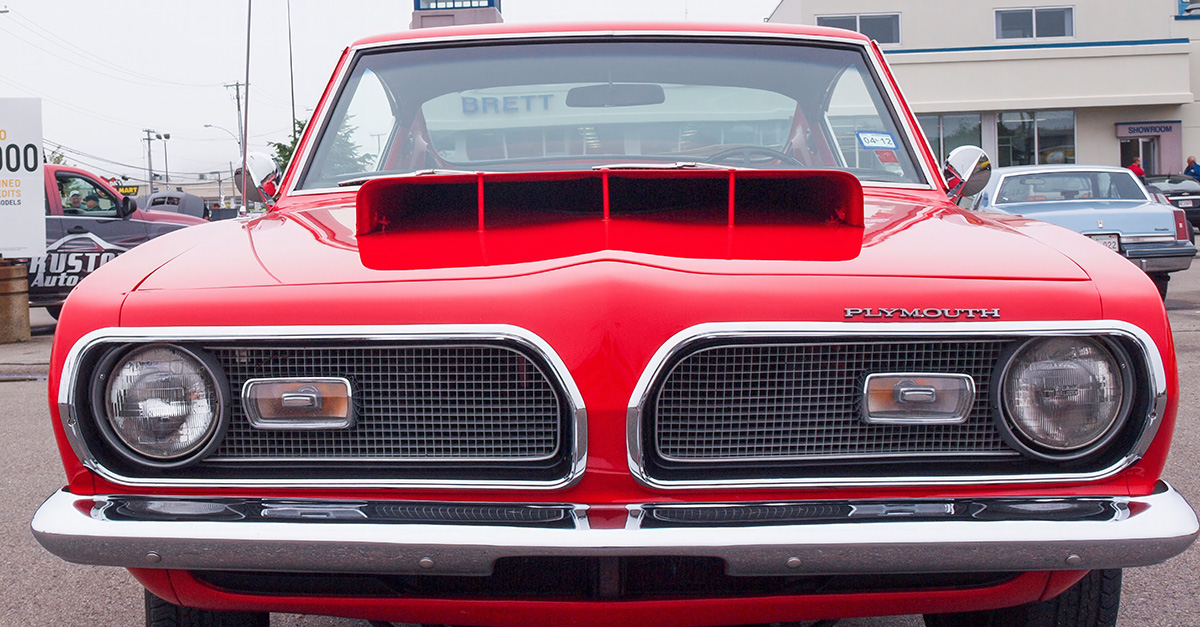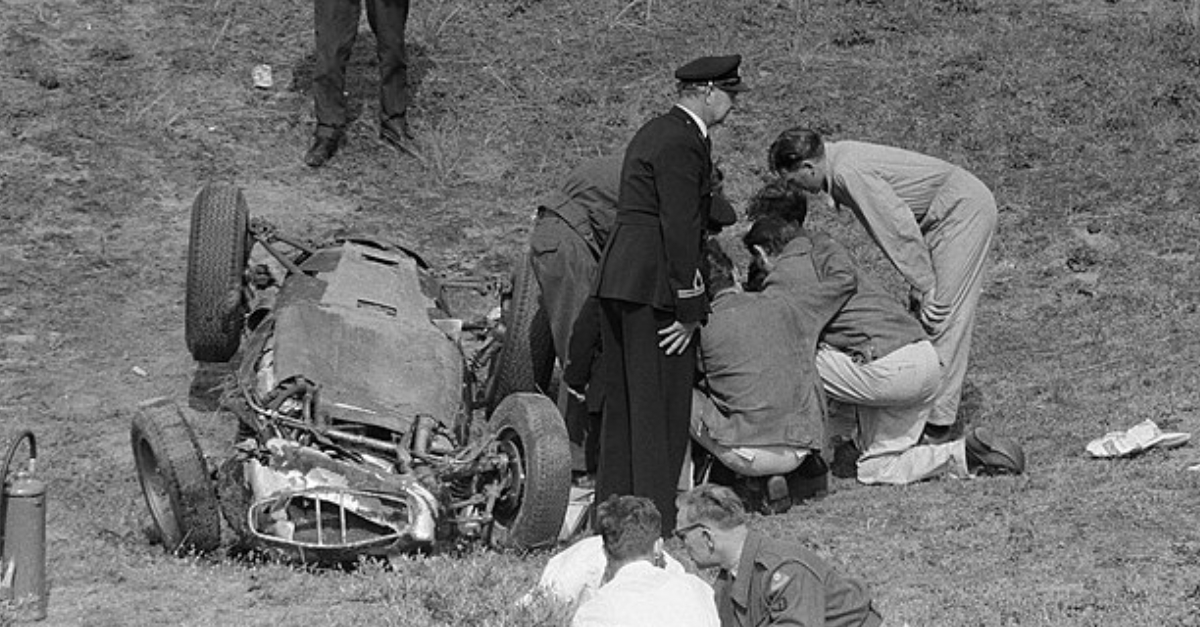Don’t Get Stuck with a Lemon
Buying a used car can be a great money saver—but it an also land you with someone else’s headaches if you’re not careful. Cars have a way of hiding problems until it’s too late. Here are the red flags that should make you think twice.
Odometer Doesn’t Match the Wear
Mileage should match condition. A “low-mileage” car with worn seats and a shiny steering wheel probably isn’t honest. Rolled-back odometers mean you’re paying for a car that’s older and more tired than it looks.
Salvage or Rebuilt Title
A salvage title means the car was once a total loss. Even if it looks fine, there may be hidden frame or wiring damage. Insurance is often harder to get—or costs more—making this one of the biggest used-car traps.
Fresh Paint or Mismatched Panels
That bright paint might be hiding rust or accident repairs. If panels don’t line up or colors look slightly off, it’s usually a sign of past crashes. Underneath, there could be bent metal or poor-quality fixes waiting to fail.
Strange Noises on the Test Drive
Cars aren’t supposed to clunk, squeak, or rattle. These noises often mean worn suspension, brakes, or engine parts. Repairs can cost hundreds—or thousands. Always test drive with the radio off so you can really hear what’s happening.
Signs of Flood Damage
Flood water causes rust, mold, and electrical problems that may not appear right away. A car that smells musty or has water stains could become a nightmare months later when systems start failing. Flooded cars are ticking time bombs.
 Volodymyr Dobrovolskyy, Unsplash
Volodymyr Dobrovolskyy, Unsplash
That Glowing Check Engine Light
A check engine light can be anything from a cheap sensor to a failing transmission. Without a scan, you won’t know. Buying a car with this warning on could mean repairs worth more than the car itself.
No Maintenance Records
Receipts matter. If the seller can’t prove oil changes, brake jobs, or major services, assume they didn’t happen. Neglect adds up, and you’ll be stuck paying for expensive repairs they skipped.
Pushy or Evasive Seller
A good car doesn’t need a hard sell. If the seller dodges questions, refuses a mechanic’s inspection, or pressures you to “act fast,” they’re likely hiding something. That’s your sign to walk away.
 Noor.Noori12, Wikimedia Commons
Noor.Noori12, Wikimedia Commons
Rust in All the Wrong Places
Surface rust on a door? Fine. But rust on the frame, suspension, or floorboards is dangerous. Once metal starts crumbling, safety is compromised and repairs are nearly impossible. Rust spreads fast and never truly goes away.
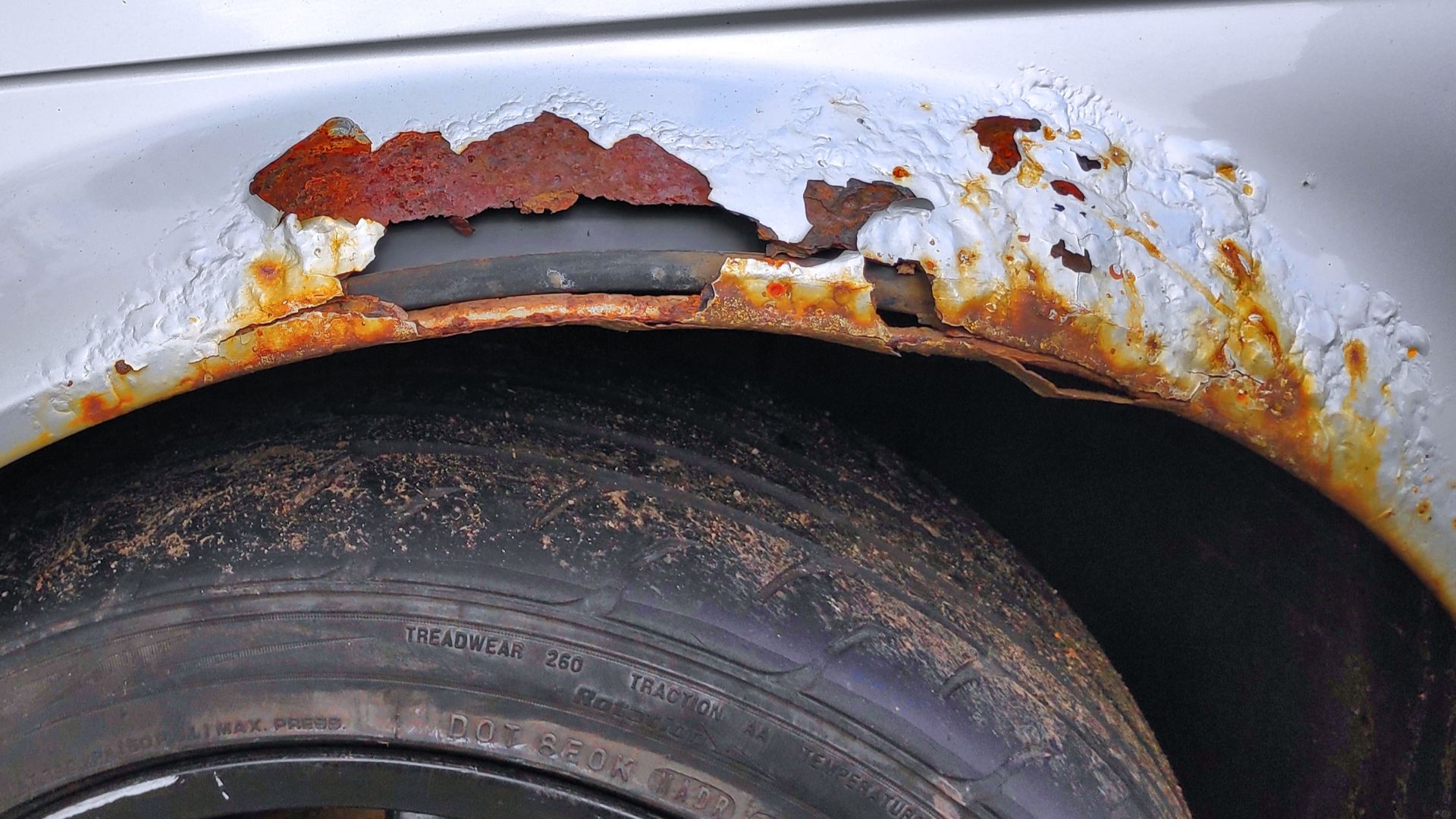 Marek Ślusarczyk (Tupungato) Photo portfolio, Wikimedia Commons
Marek Ślusarczyk (Tupungato) Photo portfolio, Wikimedia Commons
Interior Smells Off
Strong air freshener is usually hiding cigarette smoke, mold, or flood damage. Smells are stubborn and rarely go away. If your nose says “nope,” believe it—bad smells mean bigger problems under the surface.
Electrical Quirks
Modern cars are rolling computers. Windows that don’t roll, flickering lights, or glitchy radios are signs of electrical trouble. Wiring repairs are complicated and pricey—today it’s a switch, tomorrow it’s the engine computer.
 Mkamara9540, Wikimedia Commons
Mkamara9540, Wikimedia Commons
Mismatched Tires
All four tires should match in brand and size. If they don’t, the owner cut corners. Uneven wear can also mean suspension or alignment issues. Tires are critical for safety—so mismatched ones are a bad sign.
Leaks Under the Car
Check the ground. Oil, coolant, or transmission fluid puddles mean expensive repairs ahead. Leaks don’t stay small—they grow. What looks like a drip today can lead to a blown engine or transmission tomorrow.
Shady or Missing Vehicle History Report
History reports aren’t perfect, but they help. If the seller won’t show a Carfax or AutoCheck, assume they’re hiding accidents, floods, or rollbacks. No history = bad history.
Shaking or Pulling on the Road
On a test drive, the car should go straight and smooth. If it shakes or pulls, that points to alignment, suspension, or crash damage. None of those are cheap—or safe—to ignore.
Uneven Panel Gaps
Take a slow walk around. If doors, trunks, or hoods don’t line up, the car’s been in an accident. Poor bodywork weakens structure, and repairs never fit quite right.
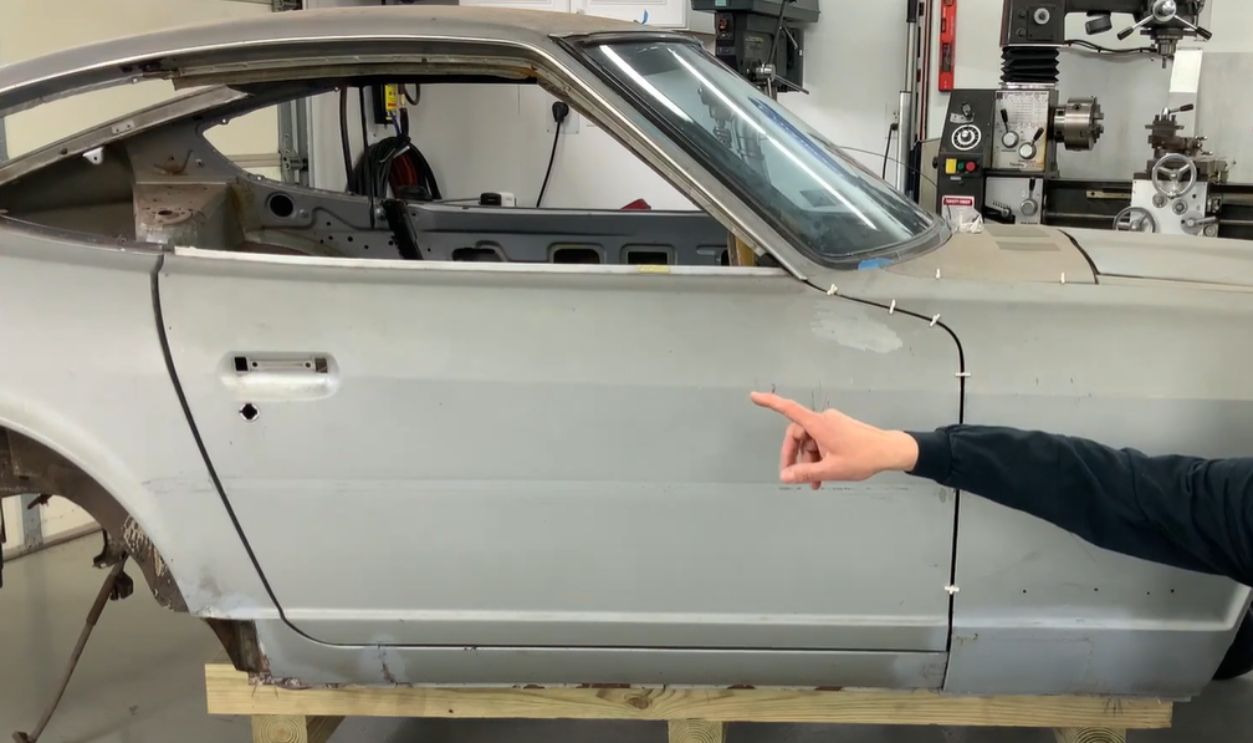 How to Get PERFECT PANEL GAPS on Your Project by Eastwood Company
How to Get PERFECT PANEL GAPS on Your Project by Eastwood Company
Overly Clean Engine Bay
A spotless engine might mean someone power-washed leaks away. Real cars get a little dusty under the hood. If it looks brand new, ask yourself: what’s being hidden?
Warning Lights Missing at Startup
When you turn the key, all dashboard lights should flicker on briefly. If some never show, someone may have tampered with the cluster to hide issues. Missing lights = missing honesty.
Expired Inspection or Emissions Sticker
An expired sticker could mean the car failed inspection or emissions. If it can’t pass, you’re stuck paying for repairs before you can even drive it legally. That bargain could sit in your driveway undrivable.
Price Too Good to Be True
If the price is way below market, there’s a reason. It could be hidden damage, a salvage title, or worse—stolen. Used cars don’t sell for pennies unless something’s wrong. Cheap today, expensive tomorrow.
Trust Your Gut
Even if you’re not a car expert, your instincts matter. If the seller feels shady, the car feels off, or the deal feels rushed, listen to that voice. There are plenty of other cars out there—you don’t need to settle for a headache.
You Might Also Like:
The Best Quick Guide To Buying Tires
Is The Toyota Supra Mk4 The Best Car Ever Made?


